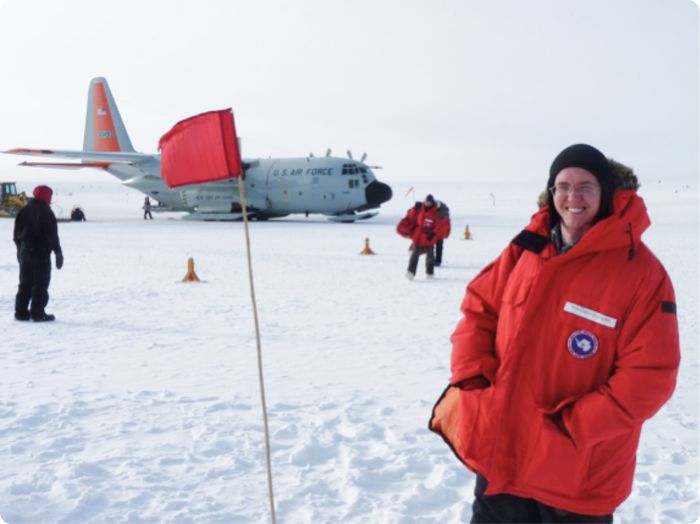Building on Decades of Research

AWE Predecessor Missions
MTM
A CCD-based instrument, the Mesospheric Temperature Mapper (MTM), enabled measurement of mesospheric temperature over a large region of the sky, with spatial and temporal resolutions enabling the study of small-scale gravity waves.


Ground-Based AMTM 1, 2 & 3
The AMTM was explicitly designed for high-latitude and high-resolution research. The instrument is approximately six times faster than the previous-generation instrument, with approximately four times improvement in spatial resolution.


Airborne/Ground-Based AMTM
The AMTM was specifically designed to operate onboard the National Science Foundation (NSF) Gulfstream V aircraft as part of the NSF DEEPWAVE project in New Zealand. The front end of the AMTM optical system was modified to match the space and field of view available through the Gulfstream V window.


Transitioning from Ground to Space
AWE is building on a strong foundation of over 20 successful ground- and aircraft-based campaigns by going to a space-based platform. Studying AGWs at the edge of space, AWE will achieve global coverage and enable new discoveries about how these waves affect our upper atmosphere.

Upper Atmospheric Study
Space-based observations offer the opportunity to delineate AGW activity and their effects on a global scale.

Global Coverage
From the ISS, AMTM images will cover latitudes 53° S to 53° N over all longitudes about every four days, enabling maps of AGW characteristics to be produced at this cadence.

Seasonal & Regional Operations
Long-term operations will enable observations of AGW responses to seasonal-dependent sources (i.e., convection, orographic) in both hemispheres and from year to year.